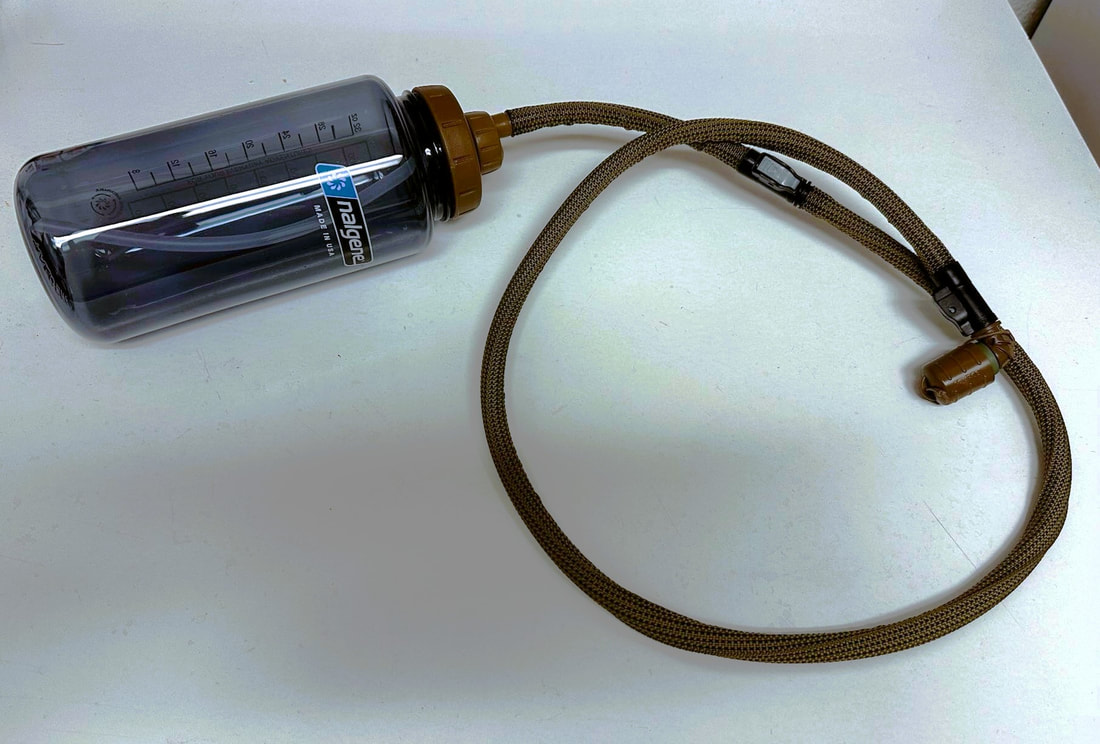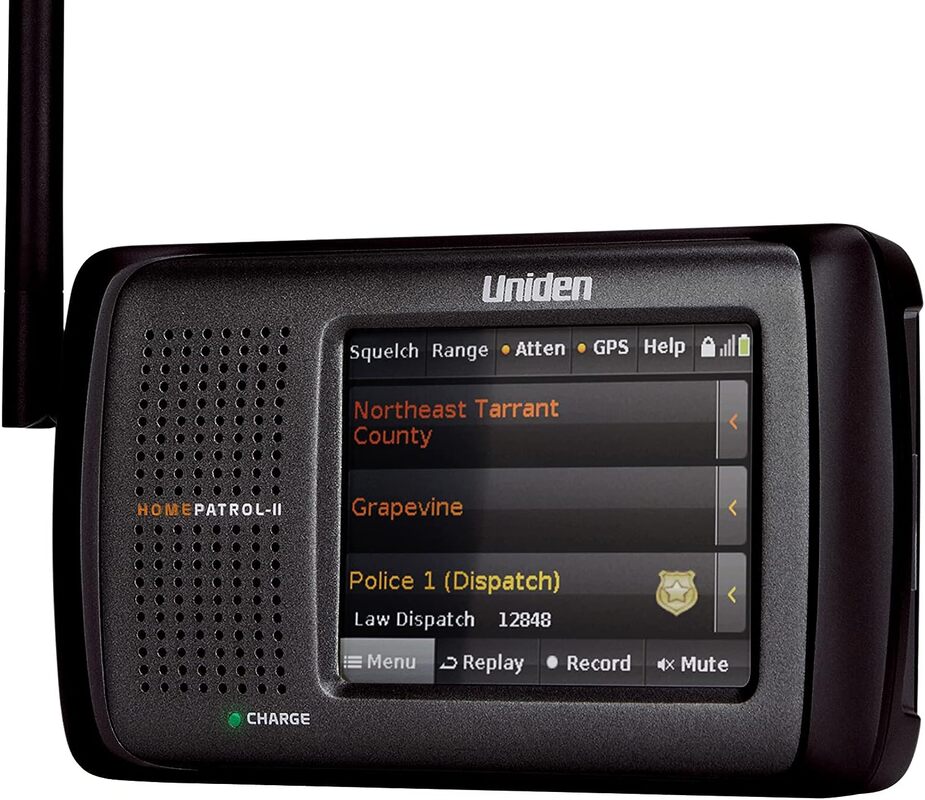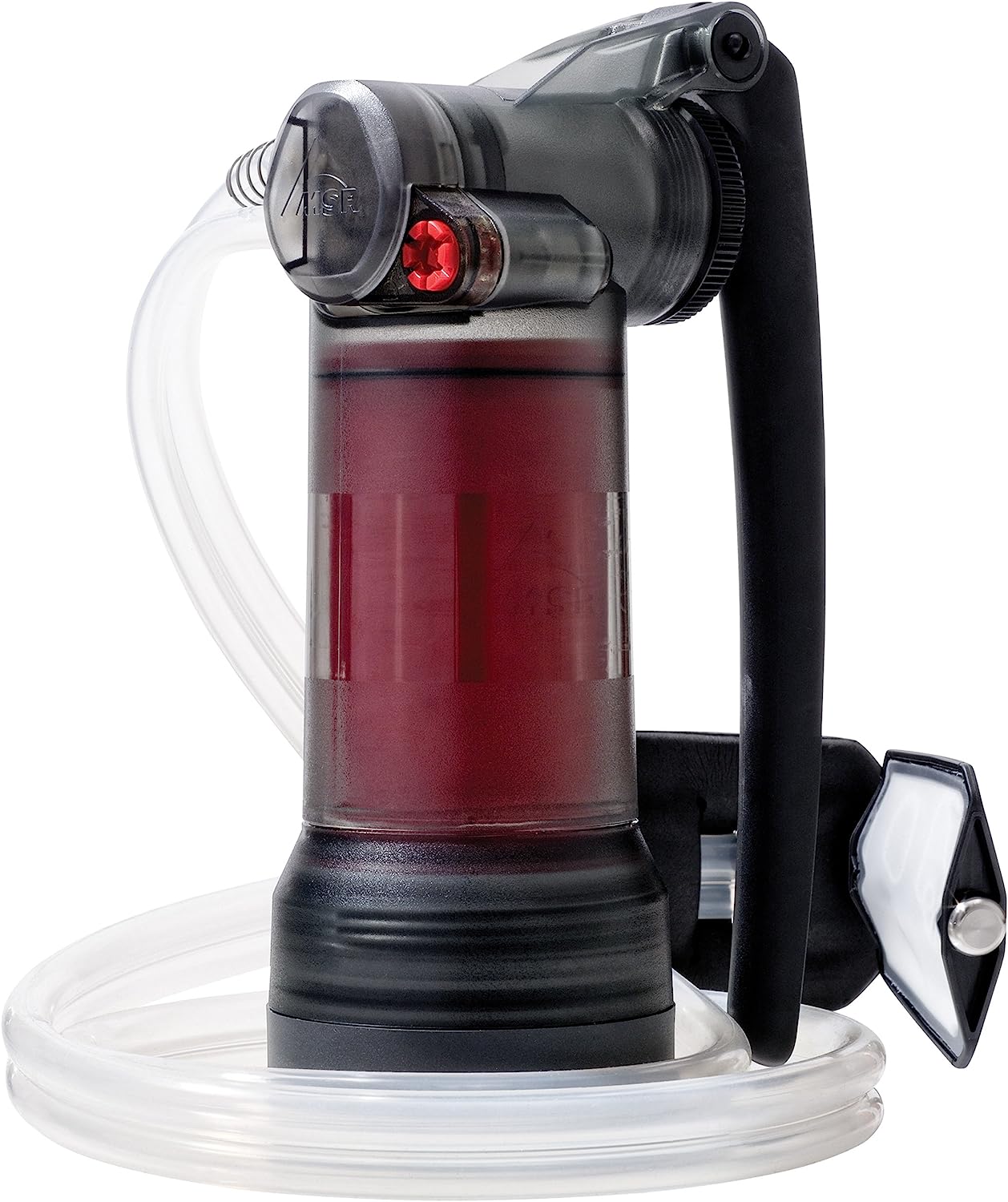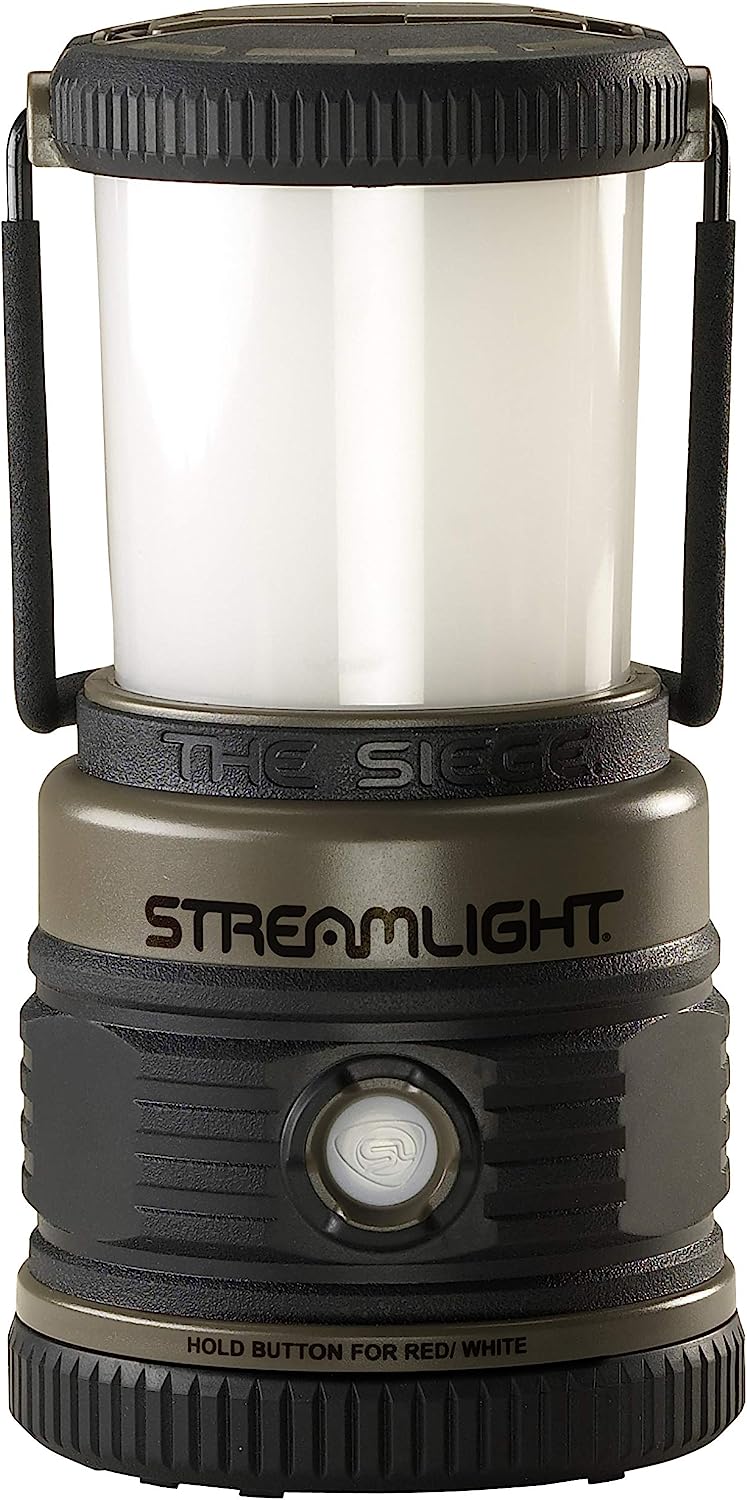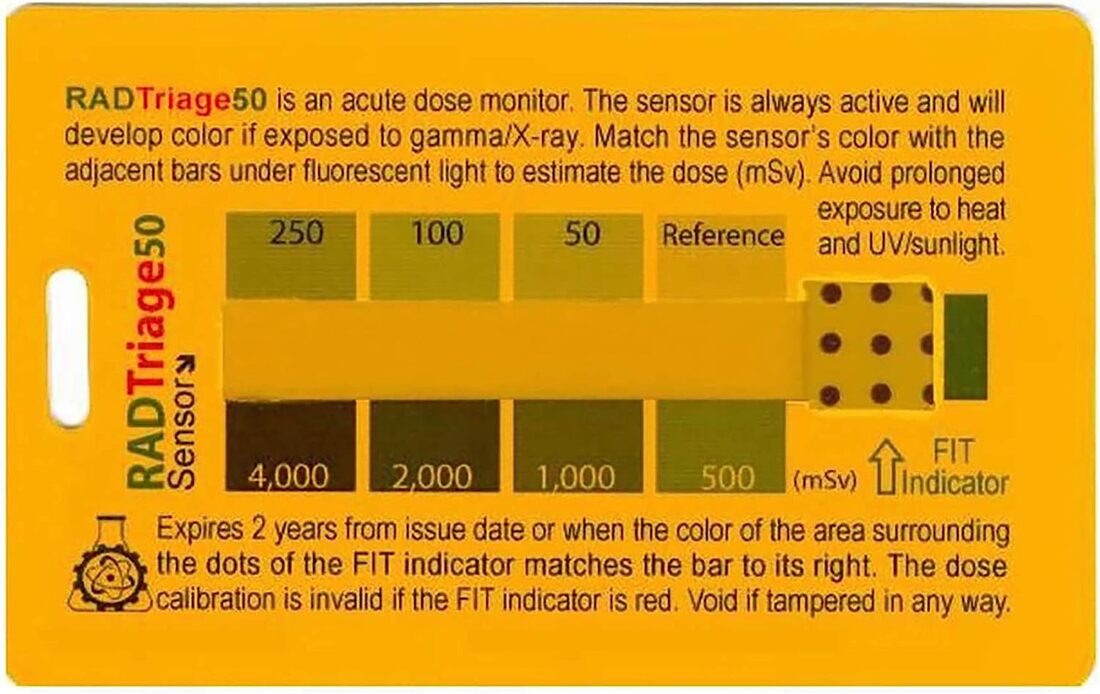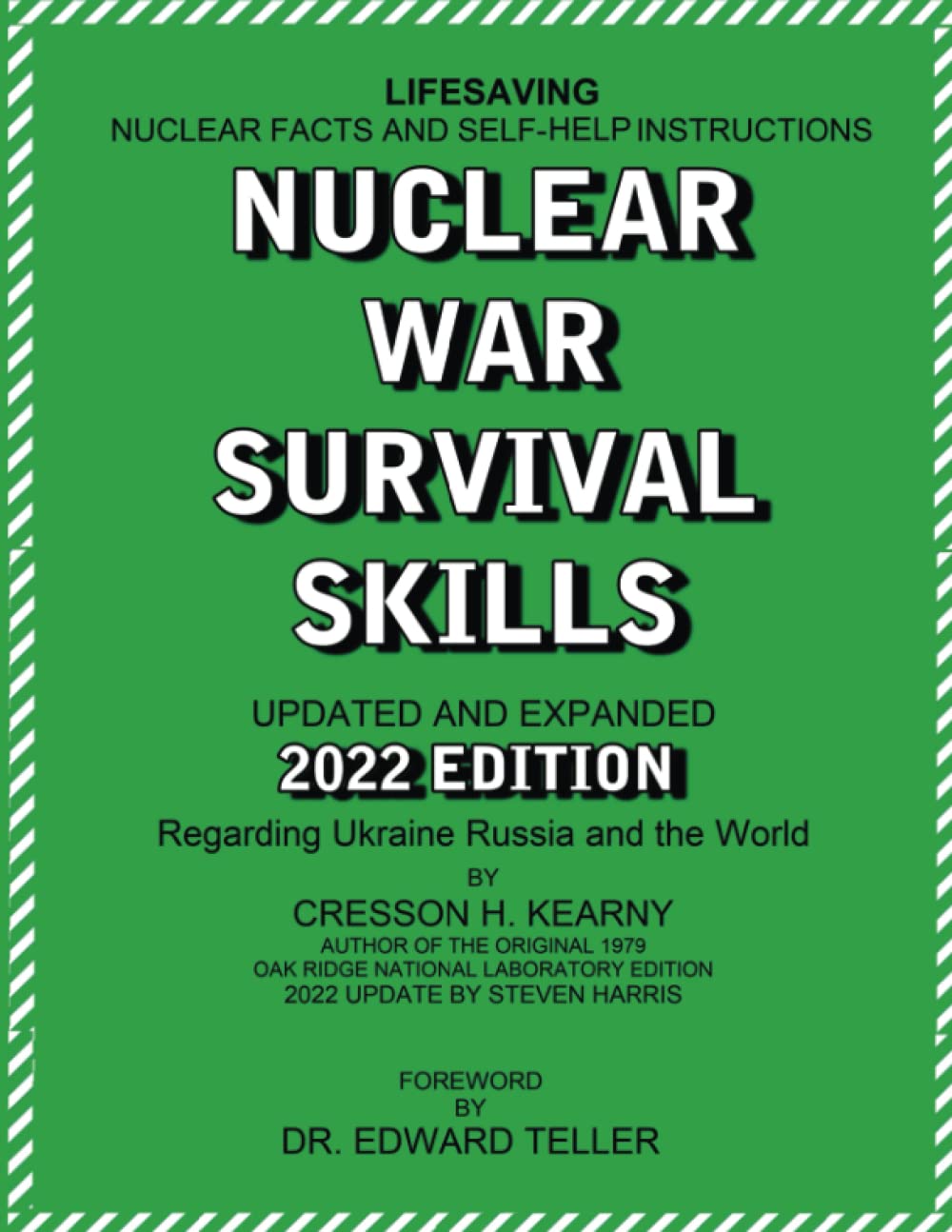|
Commercially available consumer-grade firework products can be used for contingency self-defense situations in a without rule-of-law (WROL) situation. Use in any of the roles discussed here are at the user’s own risk and are highly discouraged in favor of purpose-made products. Misuse of fireworks can cause death and major injuries and result in serious legal charges.
Employed in an anti-personnel role, fireworks will present a real danger of impact trauma, eye injury, and burns; no one wants to take a Roman candle to the face. While most of the catastrophic firework injuries appear to be from the ignition end, a similar, but lesser potential for such serious injuries to be sustained exist downrange.
Vehicles
Most fireworks will not cause significant damage to an unarmored automobile. The worst external damage that can likely be expected is a broken window from a high-velocity shell fired very close or detonating in, or effectively in, contact with the glass. A vehicle fire from an external impact is possible but less likely. It should be noted that a vehicle with the windows open stands a much higher chance of catching fire should a rocket, shell, or sparks get inside. Fireworks can force a vehicle to “button up,” that is close all doors, windows, and hatches. This makes fighting more difficult from inside a vehicle, especially a consumer auto. Massed fireworks against a vehicle will also obscure visibility. Less disciplined drivers may take evasive action or panic. A firework inside the car will rapidly render it uninhabitable and there is serious risk of it becoming completely engulfed. Types In the evaluation of a firework for offensive/defensive use, ease of employment and effect on target are the main considerations.
Roman Candles
SHTF uses
A well-suited product is a “Gatling Gun” type multiple-launch device that is a cluster of approximately a dozen tubes that look like shoulder-fired rocket pod. Individual Roman candles or smaller bundles can be joined together to make DIY multiple-launchers. This is done by taping a bunch of roman candles together. Handles are added, often out of PVC pipe or wooden dowel extrusions. Single launch Roman candles are preferable to bottle rockets. Traditional bottle rockets don’t fly very far or produce spectacular effects to be useful. They also tend to be shorter ranged and suffer from greater dispersion (inaccuracy) as other fireworks.
Reloadable mortars (aerial shells)
SHTF uses
One major use is horizontal or “lobbed” firing into crowds or formations to disrupt them. Used against civilian mobs and military/law enforcement formations alike, these scenes were very common during the riots of 2020. The noise of the blast, the flash, and the effects (stars) occurring in the middle of a crowd can be incredibly startling. Involuntary effects include seeking cover, flinching/ducking, or even running away. Aerial shells can produce sound levels of between 120 and 150 dB at close range; at the upper end, nearing that of what a flashbang will produce. Disorientation from overpressure outdoors is unlikely. The main effect is chaos induction where the crowd/formation is suddenly startled and therefore disrupted from continuing its behavior or mission, although this result may be short-lived.
Fountains and spinners
SHTF uses:
Fountains will probably work better as incendiaries than a road flare (fuzee) if one is torching something although the flame/sparks will probably be less intense and easier to extinguish. A spinner is more intimidating and difficult to grab than a freshly-lit road flare as the unburnt portion of the flare makes a good handle for throwing. A screeching fountain tossed into a bandit’s vehicle would rapidly fill the vehicle with sparks, smoke, and probably flame as well as making a deafening noise that the cabin would amplify. Fountains might be used to close a specific point, like a small gap, but they aren’t especially dangerous so a daring person might just go through/around them with little risk of serious burns.
Cakes/repeaters
SHTF uses
Mines
SHTF uses
One potential SHTF use could be to lay a mine cake horizontal and use it like a fougasse. A fougasse is an explosive placed into the ground, ideally a slope, intended to detonate laterally to spray the enemy with shrapnel. During the 1850s Crimean War, the Russian army laid these like landmines complete with fuses that detonated when stepped on. Fougasses are used both as traps and to cover areas that are not actively defended. While a proper military fougasse is intended to kill, a firework will not be lethal, but fireworks can be used to blunt an attack/advance through a given area or create a “dead zone.” Firework fougasses could be laid in choke points with trip wires, used to deny or discourage the use of cover, and used to cover the retreat of a defender. 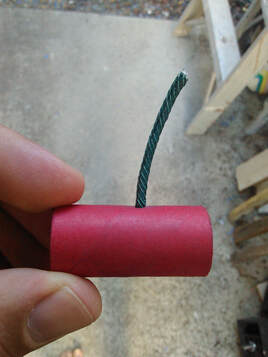
Firecrackers
Potential SHTF uses
Note that M-80s and cherry bombs, technically known as “salutes,” are illegal and banned. They are not sold commercially and generally illegal to manufacture as explosives under federal law as they exceed the amount of powder permitted for consumer fireworks. Only 50mg of flash powder is permitted for legitimate safety reasons. M-80s were originally intended to simulate artillery fire and contained five grams of flash powder, or 80 grains. Military-grade flashbangs have approximately 5 grams of powder by comparison. Firecrackers may be employed as a distraction device, an ersatz flashbang. Airsoft and consumer-grade devices cannot produce the physiological disorienting effects that a true flashbang or illegal firecracker will. Consumer firecrackers and airsoft devices should startle someone and they may confuse it for an actual explosive.
Roles
Suppression Ideally suppressing fire is lethal so it disables the enemy from ever attempting to harm you again. When it comes to suppressing fire; no one wants to take a firework to the face. Low latency is preferable for defensive/suppressive use. A high rate of fire, i.e. the firework is firing constantly with no more than a 1-2 second delay, seems to be ideal. The goal is to have a fairly tight column of fire impacting the area to be suppressed. This can be a vehicle, a fighting position, or a small cluster of people. Psychological harassment In siege situation, the sound of screeching rockets and booms can be particularly mentally taxing. There is a known psychological effect of whistles; for example, like incoming artillery or the Jericho trumpet on a Stuka. Salutes and whistle rockets that scream before detonation would be ideal for this purpose. The actual danger for fireworks alone is more psychological than physical and can be a good way to wear someone down. Area denial In Rhodesia, it was not uncommon for farmers to place Dynamite or other explosive charges in positions that seemingly would have made ideal cover or concealment for terrorists. When an assailant took up that position, the charge would either be command detonated or the terrorist would trigger a boobytrap. While a firework is not likely lethal, the attacker would have to immediately evacuate the position, potentially exposing himself. The position is then unusable while the firework is discharging and the effects alert any defenders to the location of the attacker. Signaling and warning Fireworks were used in military contexts primarily for signaling especially at night. Different types, such as rockets and flares, were employed to convey messages. Colored rockets can indicate different signals, such as colored flares can. Setting fireworks with remote ignitors can be used in traps to warn of an enemy approach. For example, imagine a gate on the perimeter of a ranch that when opened lights off a screeching fountain. The defenders are alerted to not only the intrusion, but the location (visual effects) and the enemy knows the element of surprise is lost. Problems Noise and excessive sparking before launching are a liability that may give away the launcher or launch point. Firework launch signatures are almost always smokey and involve flame/sparks. This will give away your position if not behind a visual obstruction. Fireworks must be deployed along with legitimate covering/suppressing fire or overwatch. Almost all fireworks require a flame-lit fuse which will require the user to have lights or matches. Open flames present a fire hazard and any source of flame in dark conditions may invite gunfire. It is possible to make friction ignition pull devices using cardboard, tape, and ordinary matches. Electric ignitors do exist and are available, although for non-ATF licensed individuals they require a bit of DIY’ing. Comments are closed.
|
Author Don ShiftDon Shift is a veteran of the Ventura County Sheriff's Office and avid fan of post-apocalyptic literature and film who has pushed a black and white for a mile or two. He is a student of disasters, history, and current events. Archives
May 2024
Categories
All
As an Amazon Associate I earn from qualifying purchases.
|
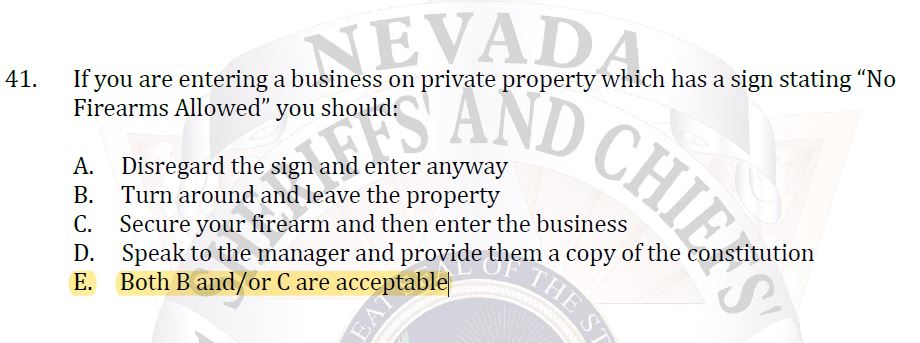
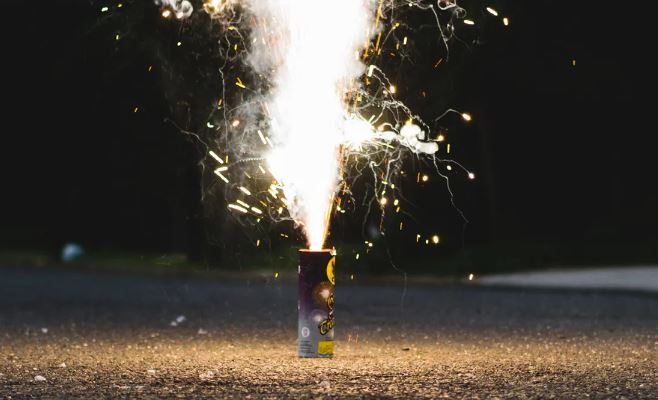
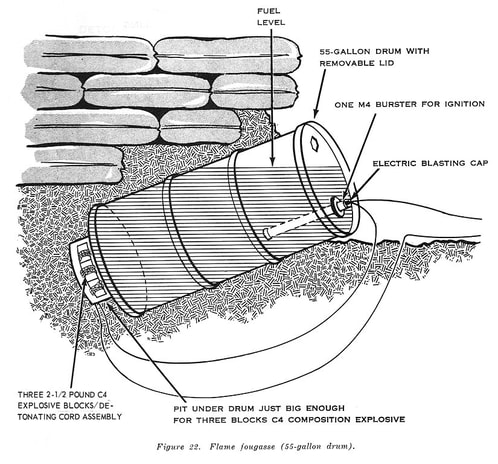
 RSS Feed
RSS Feed
